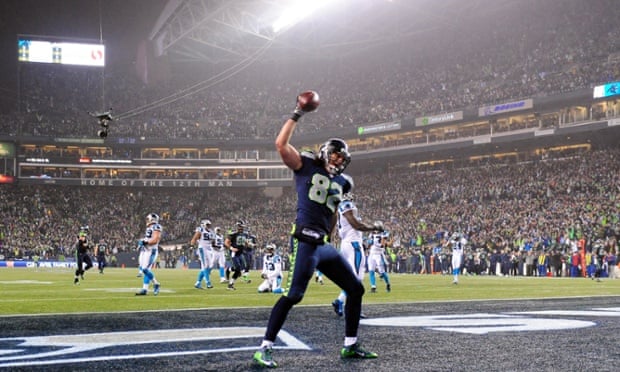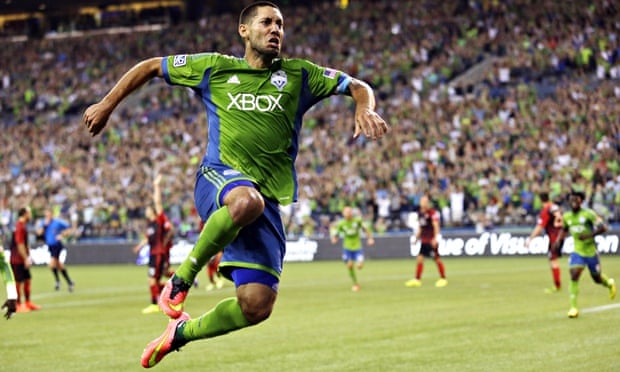- May 28, 2013
- 25,326
- 27,152
- AFL Club
- North Melbourne
- Other Teams
- Seattle Seahawks
Would prefer Romo and the Cowboys but we did do a number on Green Bay this year. Does anyone know what time or day (melbourne time) this will be played?Wilson just played an amazing game.
Bring on this championship game.






